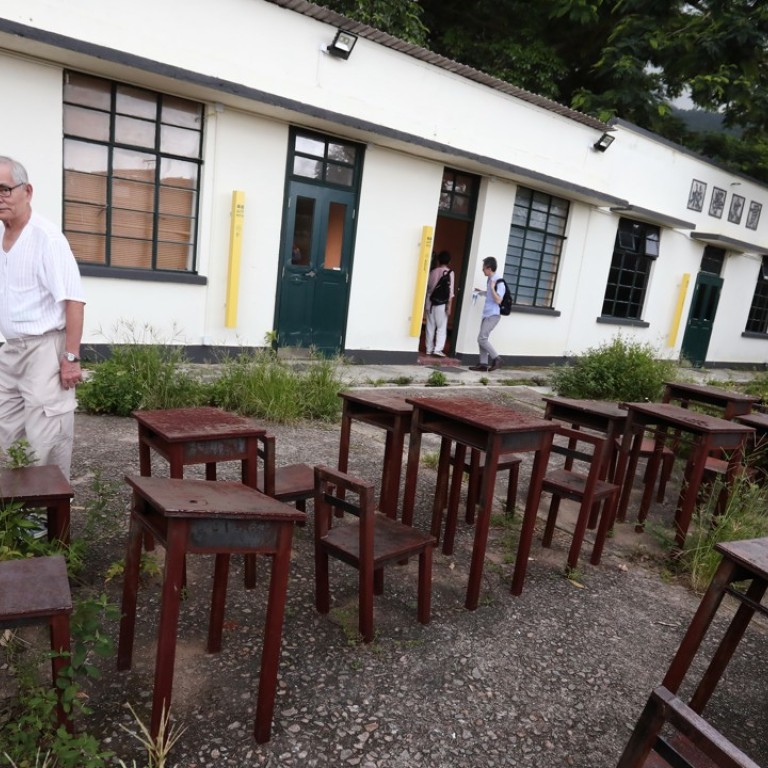
Hong Kong village art festival to celebrate rural way of life and foster tourism ends with a bang
For five months artists have been collaborating with the Hakka-speaking residents of Chuen Lung in the creation of public art to promote tourism and village life in a place settled 400 years ago by the Tsang clan from Guangdong
The people in Chuen Lung, a village in Hong Kong’s New Territories populated by members of the Hakka-speaking Chinese minority, have held an annual autumn festival for more than 400 years, so they know how to throw a party. But Sunday night's barbecue and karaoke extravaganza will probably go down in the annals.
It was the closing gala of a five-month public festival, Hi! Hill, that straddles art, nature and village life.
Hong Kong gets permanent slot at biggest outdoor arts festival
Hi! Hill, curated by the Make a Difference Institute, a collaborative platform for change-makers, also has a lot to do with history.
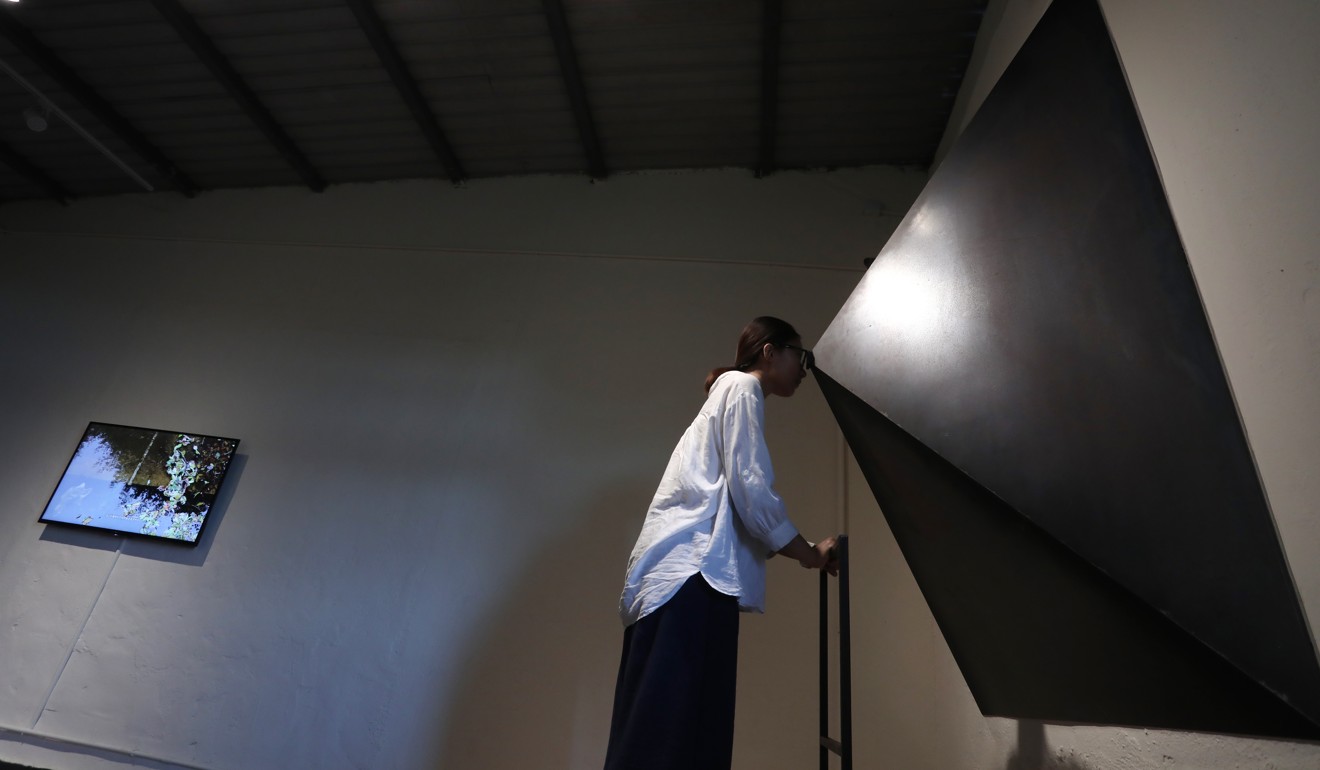
Chuen Lung is well-known to hikers, being easily accessible by bus and halfway up the trail to the top of Tai Mo Shan, Hong Kong’s highest peak. Two dim sum restaurants that serve tea and tofu pudding made with local stream water are also a draw. But most of the younger generation have moved away, and it is normally very quiet during the week.
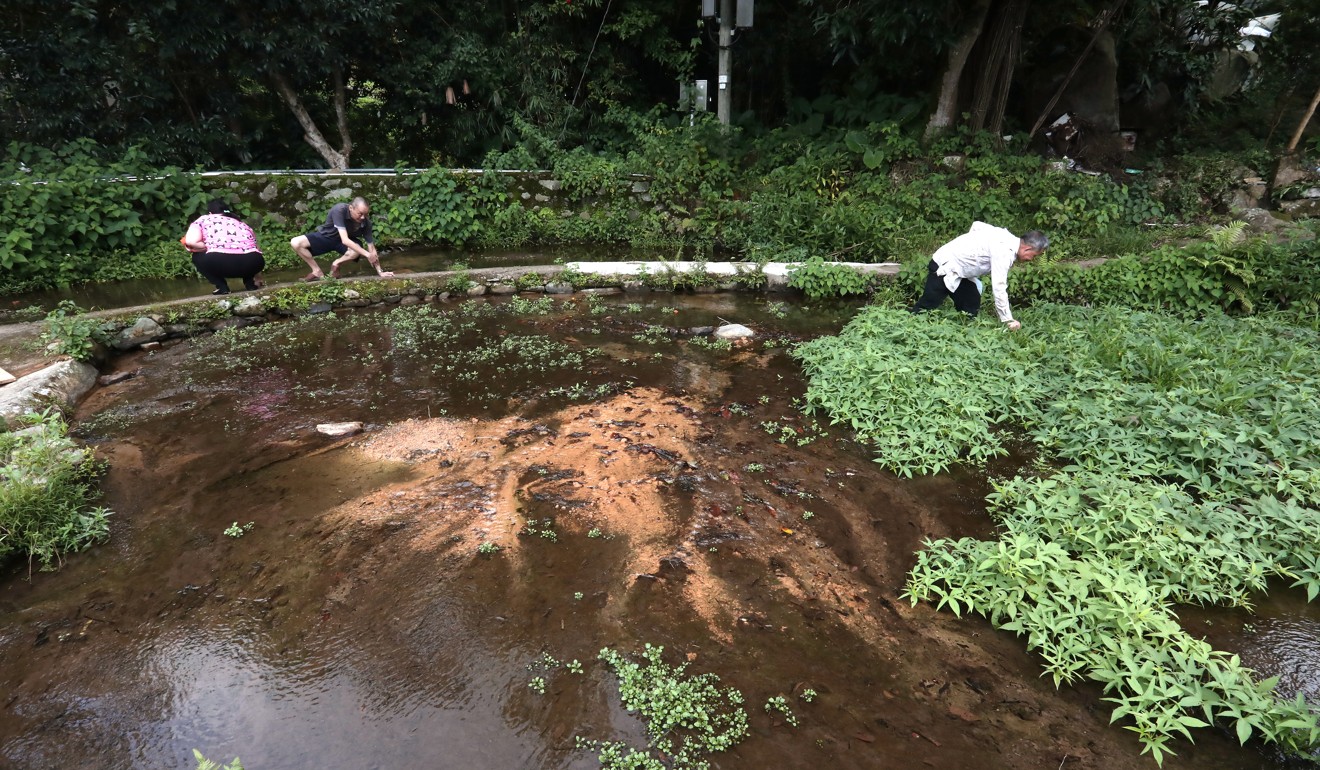
Few people outside the indigenous families would have known about the history of the Tsang clan that settled there during the Qing dynasty that began in the 17th century, nor that of the later arrivals who introduced the village’s distinctive, terraced watercress farms in the 1960s, or the period of mass conversion to Catholicism. Even when all the art is removed, the bilingual literature that a team led by historian Chu Yiu-kwong compiled for the festival will serve as a valuable record of local stories.
Inside Ai Weiwei’s Beijing studio where art will be lost to bulldozers
This interest in history at a micro level (Chuen Lung is a village of fewer than 1,000 people) appears to be part of a global cultural trend that puts the focus on the local – nothing to do with the “localist” political movement that has raised some hackles in Hong Kong, but a desire to look beyond grand narratives for a more nuanced understanding of identities and how they are formed.

Hi! Hill is a scaled-down version of Japan’s Echigo-Tsumari Art Triennale, where the Art Promotion Office unveiled its “Hong Kong House” last month to much fanfare.
The Japanese event pioneered the use of site-specific public art in a rural setting to promote tourism and a lifestyle; it also makes for a wonderful playground for artists and architects to transform a space creatively.
Tour Macau as you explore striking, citywide art exhibition Alter Ego
Just as two French artists, Christian Boltanski and Jean Kalman, turned a disused school into a theatre of light and sounds in Echigo-Tsumari, Kacey Wong, Tang Kwok-hin, Leung Chi-wo and Kingsley Ng brought back to life the empty, single-storey former Koon Man School in bungalow in Chuen Lung.
Wong’s and Ng’s works, in particular, are redolent of the place and its history. The former’s Memoirs of a Classroom is a collection of rusty, seemingly sinking desks and chairs that are perforated with childish doodles.
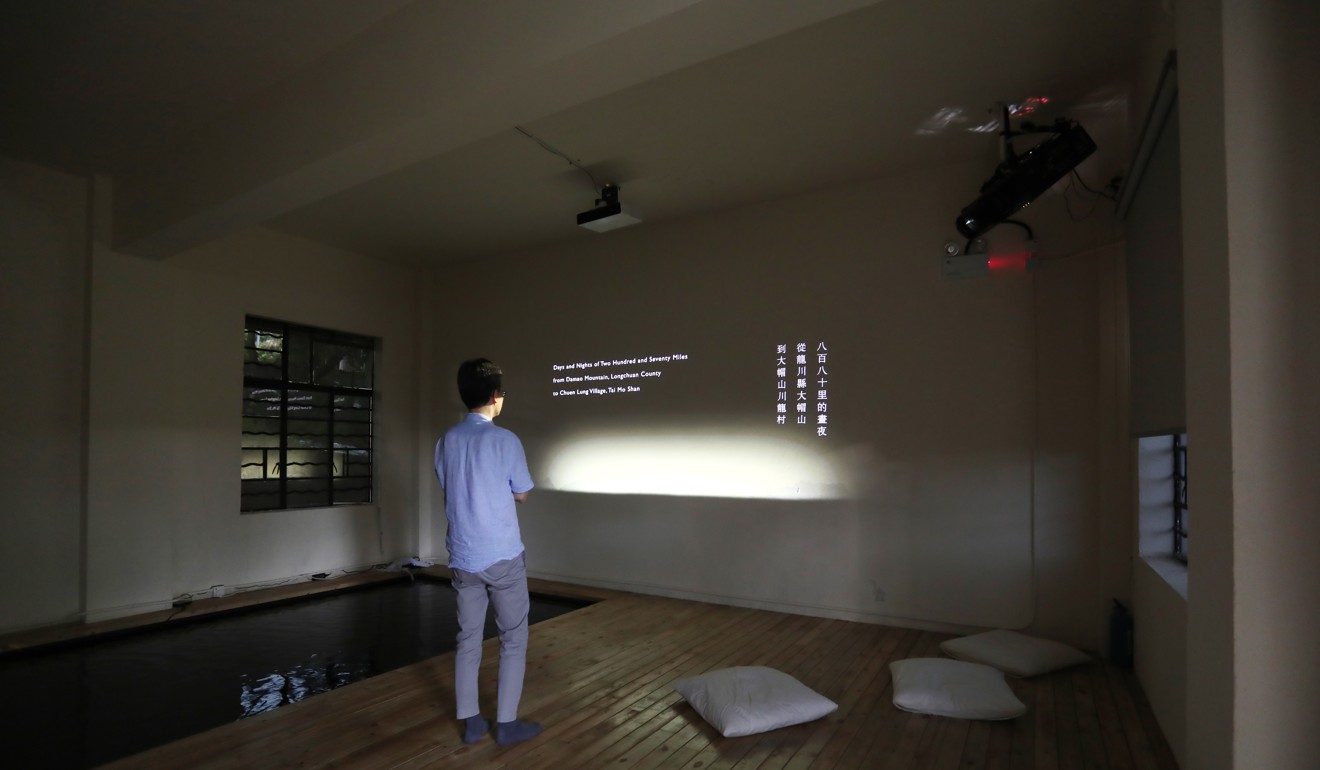
Ng’s Days and Nights of Two Hundred and Seventy Miles is a meditative space inside a darkened classroom that evokes through water and light the journey of the Tsang’s ancestors from Guangdong to Hong Kong.
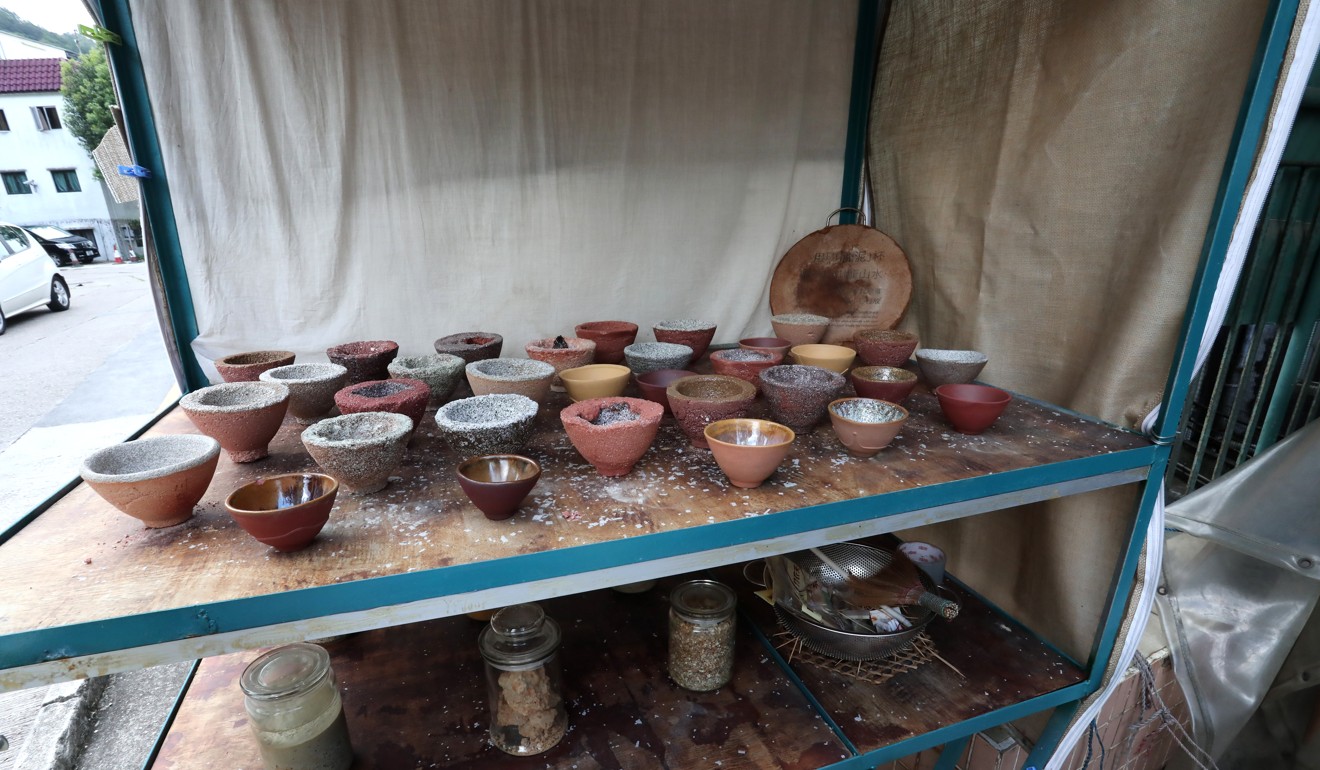
Ray Chan See-kwong discovered that the local soil is perfectly usable for pottery, and he made hundreds of Chuen Lung teacups with the help of villagers.
Another artist, Yip Kai-chun, held karaoke sessions featuring the Hakka versions of household Cantonese and Mandarin pop songs, a tribute to the Tsangs’ Hakka origin.
As in Echigo-Tsumari, the villagers are the stars of the show. In fact, some villagers say that they hope Hi! Hill will show the rest of Hong Kong the value of their way of life so that the village will be spared from any development plan.
In this sense, the festival is reminiscent of an earlier attempt to save a village with public art: the resistance movement of 2010 in Choi Yuen village, 12 kilometres (7.5 miles) to the northwest of Chuen Lung, when artists moved in with the farmers to show solidarity as they faced eviction for construction of the high-speed railway linking Hong Kong and China.
There will be more such movements in future as Hongkongers face up to the growing price to pay for rampant materialism and urban development.
Photography that breaks rules: 25 years of Lomography revolution
In November, The Absolutely Fabulous Theatre Connection (Aftec) will present its “Flight” festival that mixes the arts with science in Sha Lo Wan, a barely inhabited rural village next to Hong Kong International Airport on Lantau Island. The local theatre group has partnered with the Eden Project from the UK, best-known for its biomes and research into ecological diversity. We will be sure to bring you more details closer to the time.

